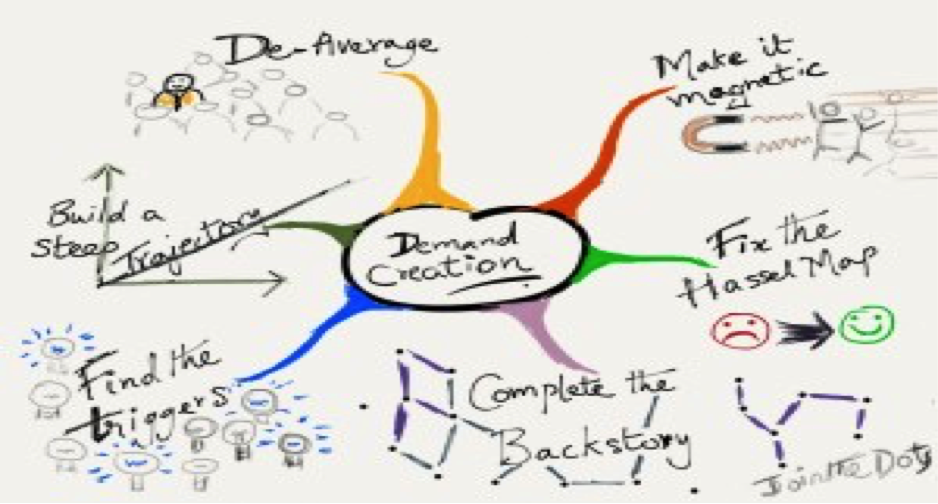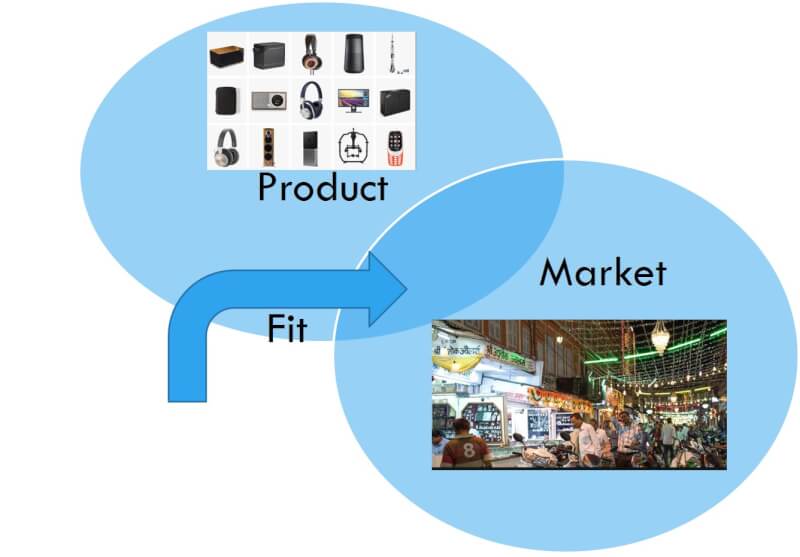
As we begin 2019, for many startups the big question is – have they reached Product-Market fit or what should they do to reach Product-Market Fit.
Market it is!
There are 3 important ingredients for making a product – the actual product, the people who build this product and the market for which the product is built. The point of getting the right intersection of the three with success gets you to product market fit.

Marc Andreessen, whom I consider as the Father of Product Market fit, describes Market as the most important of the above 3, and Product Market fit is more likely to be achieved when you have a market – “In a great market – a market with lots of real potential customers – the market pulls product out of the startup”.
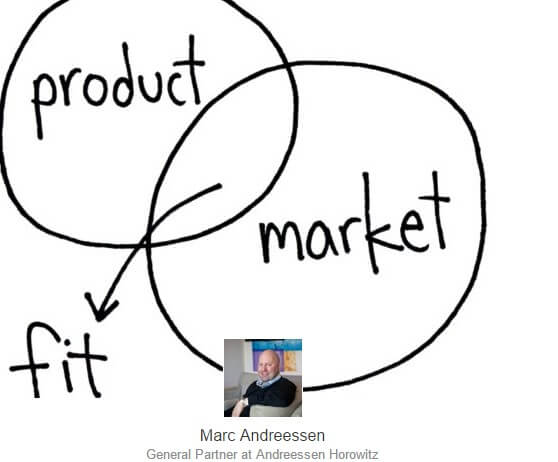
So the most important thing in your journey is to identify what market you are addressing. Basically, it means customers – businesses or consumers – who are seeking a solution, a better solution or cheaper solution to a problem.
The market definition has to be very clear and focused – as that would drive the product directions and help you get to the product – market fit.
Here are some questions you can get answered to validate the existence of the market:
Why need? – why do the customers want to solve the particular problem – what’s the real need. Is the problem that you are solving is a painkiller, vitamin or vaccine?
Why buy? – are they ready to pay for it – many solutions are liked by customers, but they could back off if they have to pay for it. So value hypothesis of this would help. Also if you are not expecting the users to pay for it, who will pay for it e.g. ads pay for social media users
Why now? – is this the right time for the product – timing is very important as customers have many solutions and many problems, and they care to address only some problems that have higher priority for them to solve – so timing is an important element to understand if there is a market that exists.
It’s happening vs not happening
How do you know if your product has hit the product market fit? Here are some nice indications
| Isn’t Happening | It’s Happening |
| Not getting any customers | Customers are buying your product – at least few in B2B and many in B2C |
| The problem you are solving is not a high priority for your customers | Usage is growing |
| Word of mouth is not happening | You have to hire sales and support people |
| Customer feel your product price is not giving them enough value | You are called out by the press, analyst – get good social media mentions |
| Press reviews are not happening, no tweets or mentions | Customers send feedback and complaints – issues |
Obsessive focus for Product-Market Fit
For any entrepreneur or product leader, there should be an obsessive focus to get to product market fit. The below is a Create > Prove > Iterate process that can help you to get to product market fit. Also, it’s not going to happen very fast, it needs perseverance and constant focus to move the needle – it’s a long-term journey.
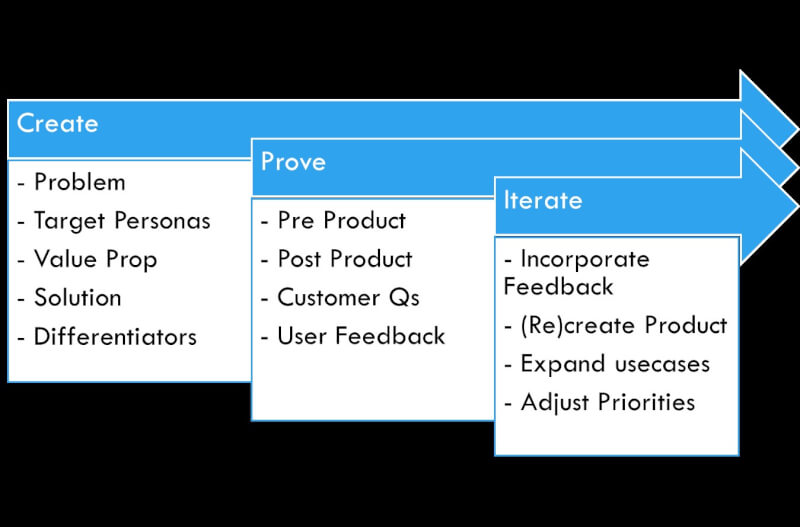
During the process, you may have to do any of the following change to get to the product market fit
- Rewrite your PRODUCT
- GO AFTER a Different MARKET
- REPLACE your PEOPLE or Hire SPECIALIST
- IMPROVE THE USABILITY
- CHANGE THE TECH ARCHITECTURE
- UPDATE YOUR Deployment MODEL
- Revisit PRICING STRATEGY
- Fix Quality issues or Customer grievances
5 Takeaway case studies of Successful Product-Market Fit
I wanted to lay out few examples, all Indian, on things that will help you validate your market hypothesis as well as give some references on some generic areas that have worked. I am picking three examples in software tech and two non-software to broaden the horizon of how we should think product-market fit.
Transformation of Existing Product: Royal Enfield – You may notice in the Indian roads a lot more Royal Enfield Bullets plying which was not a case for many years when the 100cc bikes became the hot thing. This is a huge success story when it comes to finding the right Product Market Fit. Royal Enfield was in a do or die situation in the early 2000s – the discussion was around whether to sell off or shut down and its next-gen leader Siddhartha Lal stood up and asked for the last chance to revive. Here are the things they did to reach product-market fit – and the success is big case study now
- Leisure Segment – The bike had its reputation, a cult following, an instantly recognisable build, and aspirational value. So it was given not to go to the commuter segment
- Innovate with new tech but still keep the old charm that customers loved. They changed the engine which had 30 % fewer parts, and 30% better power, plus fuel efficient
- Fix the quality process and problem – formed a field quality rapid action force to bridge the gap between customer expectations and the reality
- Sales Experience had to be improved – new company-owned showrooms were launched and dealer network was expanded
- Get the best talent – the company hired top talent – a new CEO who had enormous experience in transformation and revival, with auto experience
So as you can see over the years, there were very visible actions taken and we know how Royal Enfield is such a huge success. You can read the full case study here

Clear Definition of Market and Problem Statement: Career360 – When I was doing some innovation projects to leverage big data a few years back on EduCareer, I bumped into this startup that I thought had a very clear differentiation of their market and huge potential in India which has a huge number of young students – seeking to know what, where, why and how they should study something in order for them to reach their dreams.
The problem that they laid out to solve, is a huge one – as every student and parents of the student have this as their top priority – which validates the market need.
The objective as laid out by their founder Peri Maheshwar really makes the problem statement very clear – “
– To ensure that every student makes an informed career choice.
– To force institutions to greater transparency with their data and achievements
– To create an Information eco system suited for the 98% Indians than the 2% most meritorious one’s.
For us, a career is a life. A student isn’t any other customer. He is a life. He needs to be protected.”
As the market is clear and exists, once the focused founder is on a mission to build a product for this market (Student), they were naturally able to get there. Offcourse their journey has been with a lot of hard work, innovations – it’s been great to observe from what they have started out with to how they have really transformed their product and tools to address the market. With a high school going daughter, we have been personally benefitted by them, so are the millions of students/parents in India. The best part of their offering is that they are multi-platform – Careers360’s has been reaching out to students through multiple platforms viz. print, web, mobile and TV. So it’s a case of great omnichannel experience for the student through traditional and tech channels.
Career360 is a clear example of how Marc A says “In a great market – a market with lots of real potential customers – the market pulls the product out of the startup”.


Leverage similar idea to validate market: SeekSherpa – I met this startup in one of the Google Launchpad events, and I straightaway was blown away with the idea. I have been personally tracking the travel industry very closely and how tech is helping this further. In that Airbnb, story is amazing, as it really was a huge vaccine product to address a market that existed for the “tired of hotels”travellers. SeekSherpa was a great offshoot of Airbnb type idea – in the same industry but for a different product offering. SeekSherpa connect “real” local tour guides and Sherpa’s for the “tired of regular guides” travellers.
So with the market validation, obviously the offering/product has to be compelling – and I saw their Lazor focus on great UX being a killer differentiator initially, and the ability to connect the local guides to travellers as a way to get to product-market fit. Its been a fantastic journey by Dhruv and Sukhmani who founders of this great startup, they have also addressed different channels that appeals to connect the traveller with the sherpa. And once again, the most important thing here is that the market existed, very well validated with a similar idea which makes it easy to explain, and it’s a problem better addressed by tech.
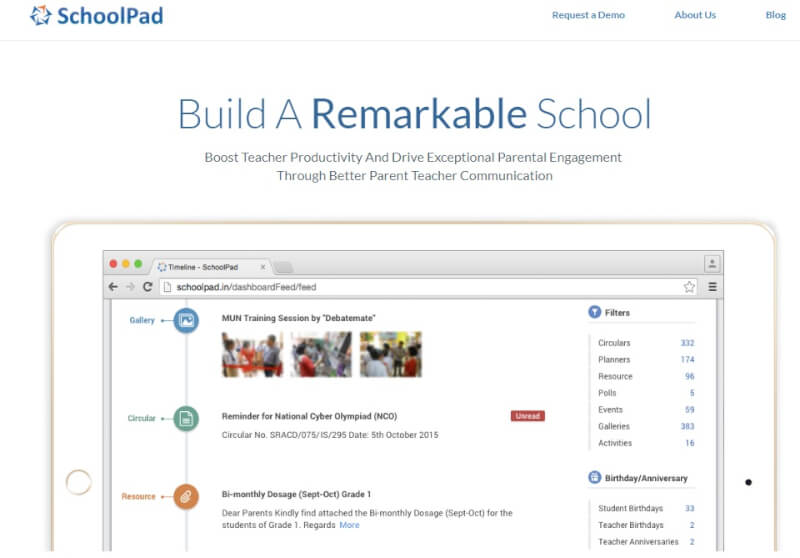
Expanding product capabilities to reach market: Schoolpad – I met with this startup through iSpirit, and what really caught my attention was the way the founder Abhiraj Malhotra explained to me how he transformed his product features to make it a viable option for Schools to buy it. Schoolpad started off with a USP of improving the Parent – Teacher collaboration. Soon they realized that while this is a great capability, it cannot on its own sell. So they expanded the product to include the core School management features. So essentially it became a solid School ERP with the differentiator of the collaboration feature which was the original capability. This has helped them reach a great market – as Schools are now willing to embrace this solution.
A great story of innovating and expanding the product to get to the market – and therefore reach product-market fit.
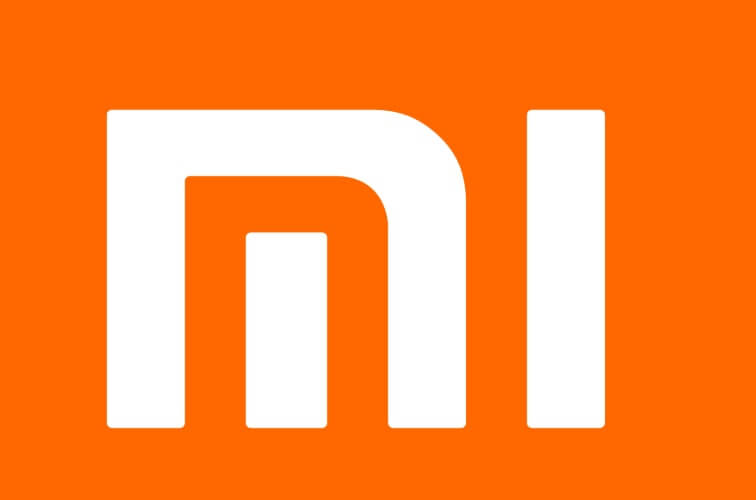
Price point to reach market: Xiaomi Mi – Apple products are aspirational, but many cannot afford it or they don’t see the value. So customers are always looking for alternatives that are cheaper and provides near equal features. This is where a company like Xiaomi comes in, where they really penetrated into the mobile market with a great product at a very affordable price, as that then opens up a huge market.
In order to do that, they had to initially sell through only online channels – Mi sold only through Flipkart initially. Also, they couldn’t spend a lot on marketing, so they leveraged the flash sale idea to promote their products. Over the years, as others started copying their model, they have now gone into the physical store – to sell through new channels. They also make a lot of the parts locally to get a cost advantage. Finally, now they are looking to penetrate rural markets as their phones are affordable.
To read more on their story, look for their original china story and then the India story.
So again here, the market is the winner – the market here is affordable smartphones, which was not addressed by Apple.
Products do not have to be original, you can always build products to address market based on Price.
In summary, getting to a product market fit is a journey, it may take time, but most important is to identify and get the market definition right, and channel your resources to build the product to address that market.
Happy New Year 2019!




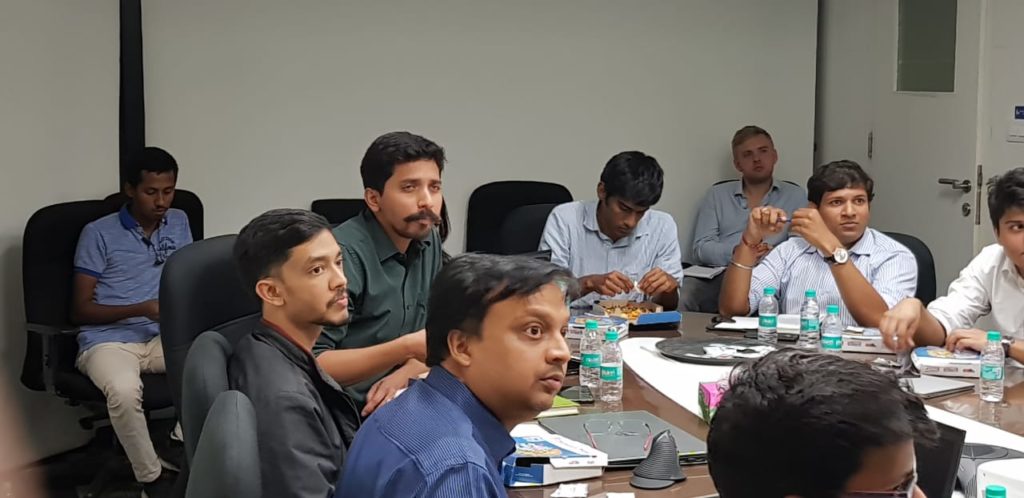

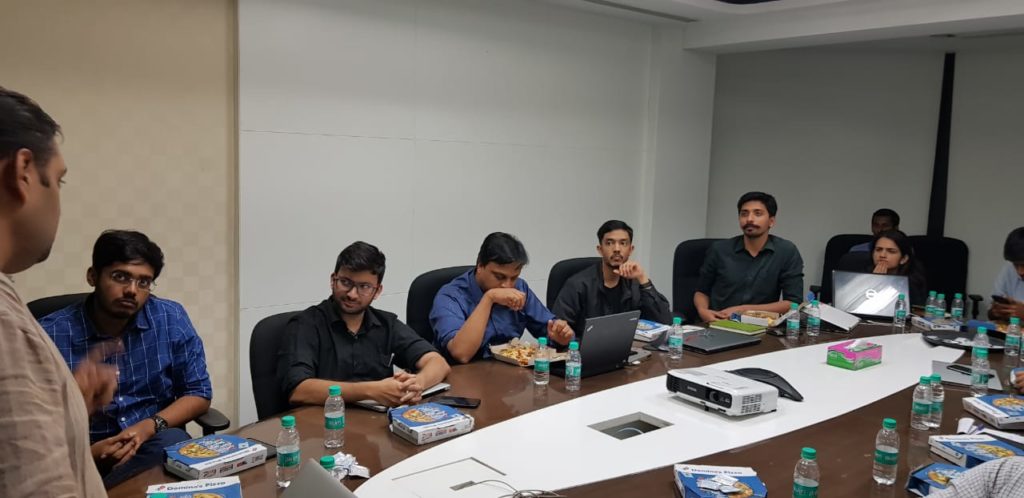


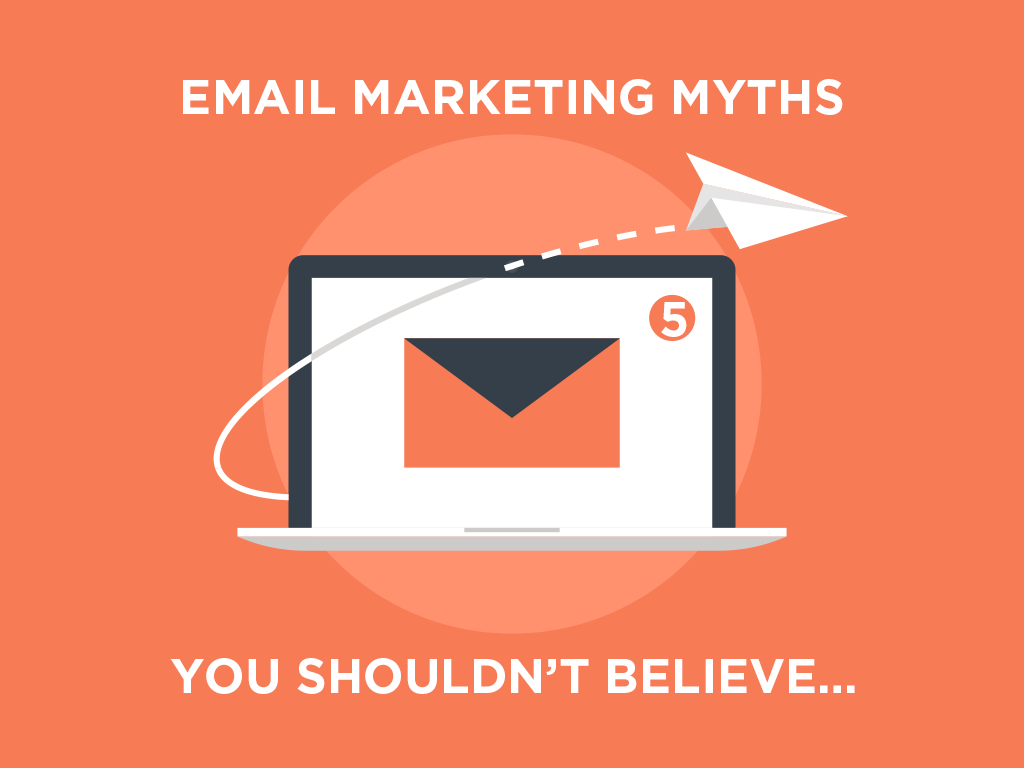
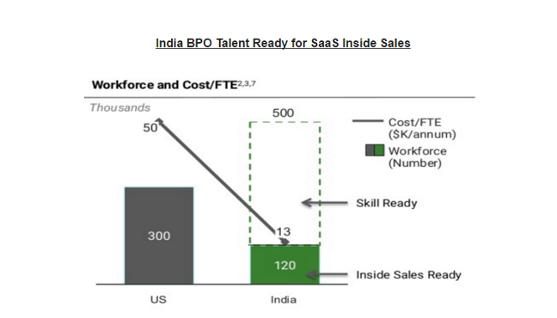



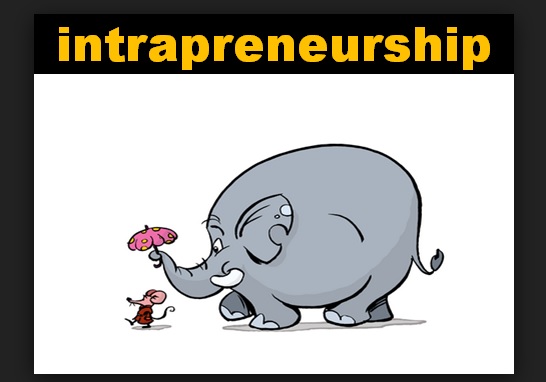
 As the dog fight continues to grab market share, e-commerce players are trying to outdo one another by introducing newer business models and innovations; the latest being Mobile Only format. Though there have been many successful experiments that defined the online buying culture in India such as Cash on Delivery, easy hassle free returns and EMIs, the latest experiment’s success is not pronounced yet, while many of the digital enthusiasts are upbeat about it.
As the dog fight continues to grab market share, e-commerce players are trying to outdo one another by introducing newer business models and innovations; the latest being Mobile Only format. Though there have been many successful experiments that defined the online buying culture in India such as Cash on Delivery, easy hassle free returns and EMIs, the latest experiment’s success is not pronounced yet, while many of the digital enthusiasts are upbeat about it. Here comes the Mobile Only strategy! While all the arguments for Mobile Only strategy evangelize the potential of the native app technology and innumerable values it promises to the marketer, an honest assessment of the anticipated compromises on the side of the customer is yet to come i.e what possibilities it takes away from the customer in order to cut short longer sales cycle. Ironically, the deterrents for marketers to sell more are also the very value drivers for the consumers to buy more!
Here comes the Mobile Only strategy! While all the arguments for Mobile Only strategy evangelize the potential of the native app technology and innumerable values it promises to the marketer, an honest assessment of the anticipated compromises on the side of the customer is yet to come i.e what possibilities it takes away from the customer in order to cut short longer sales cycle. Ironically, the deterrents for marketers to sell more are also the very value drivers for the consumers to buy more!
 Design to delight: Instead of Mobile only format, to fully capitalize rapidly growing net users the e-commerce players should repurpose all the touch points rather than limiting to only mobile touch points. Marketers should offer all options of net access points including web along with mobile, with all screen options and continuously reexamine the new touch points of value creation.
Design to delight: Instead of Mobile only format, to fully capitalize rapidly growing net users the e-commerce players should repurpose all the touch points rather than limiting to only mobile touch points. Marketers should offer all options of net access points including web along with mobile, with all screen options and continuously reexamine the new touch points of value creation.
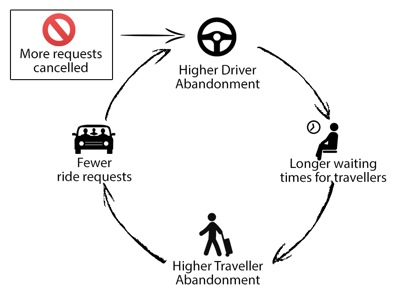 If you’re building the Uber for X, you need to ensure that you’re tracking a metric that helps you determine the degree of interaction failure on your platform. Freelancers that don’t get business within X days, requests that don’t get satisfied within Y minutes, may all be indicative of interaction failure. The exact measure of interaction failure will vary by platform and the importance of tracking interaction failure will, in turn, depend on the multihoming costs.
If you’re building the Uber for X, you need to ensure that you’re tracking a metric that helps you determine the degree of interaction failure on your platform. Freelancers that don’t get business within X days, requests that don’t get satisfied within Y minutes, may all be indicative of interaction failure. The exact measure of interaction failure will vary by platform and the importance of tracking interaction failure will, in turn, depend on the multihoming costs.
